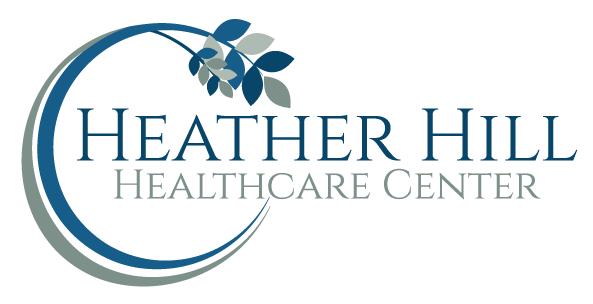The Importance of Routine and Structure in Skilled Nursing Facilities
As we age, our bodies and minds can become more vulnerable, and we may require specialized care to maintain our health and wellbeing. Skilled nursing facilities, like Home Health & Hospice Care (HHHC) in New Port Richey, Florida, provide essential services to help individuals manage their health conditions and maintain their quality of life. One crucial element of skilled nursing care is the establishment of routines and structure to promote health, stability, and a sense of normalcy. In this blog, we will explore the importance of routine and structure in skilled nursing facilities and how they support the physical and mental wellbeing of residents.
Routine and structure provide a predictable and stable environment for residents, which is essential for maintaining their physical and emotional health. For individuals with chronic medical conditions, routines and structure can help manage their symptoms, prevent complications, and avoid emergencies. For example, a consistent medication schedule can help individuals manage their chronic conditions and prevent complications. Similarly, regular physical therapy sessions can help maintain mobility and prevent falls. Establishing routines and structure can also help residents maintain a sense of normalcy and familiarity, which can be especially important for individuals with cognitive impairments, such as dementia or Alzheimer’s disease.
Routines and structure can also provide mental and emotional benefits to residents. By providing predictability and stability, they can reduce anxiety and stress levels. Knowing what to expect in their daily routines can help residents feel more comfortable and secure in their new environment. Additionally, establishing routines and structure can create a sense of purpose and accomplishment for residents. Engaging in activities and tasks that are meaningful and rewarding can help boost residents’ mood and overall well being.
In skilled nursing facilities, routines and structure are often established through a care plan that is tailored to each individual resident’s needs. The care plan typically includes details about the resident’s medical condition, medication schedule, therapy sessions, and daily activities. Skilled nursing staff work with residents to create a care plan that incorporates their preferences and goals, ensuring that they have a sense of agency and autonomy in their daily lives.
One essential aspect of routines and structure in skilled nursing facilities is the inclusion of meaningful and engaging activities. Skilled nursing staff work to create activities that are tailored to residents’ interests and abilities, such as art therapy, music therapy, or pet therapy. These activities can provide mental and emotional stimulation and help residents maintain a sense of purpose and engagement in their daily lives. Additionally, skilled nursing facilities may offer outings and events that provide opportunities for socialization and community involvement.
Another important aspect of routine and structure in skilled nursing facilities is the creation of a safe and secure environment for residents. Skilled nursing staff are trained to identify and manage potential safety hazards, such as slippery floors, obstacles, or improperly stored medications. They also work to ensure that residents have access to assistance whenever they need it, whether it’s for mobility support or help with daily activities. By creating a safe and secure environment, skilled nursing facilities can help residents feel comfortable and at ease in their new home.
In conclusion, routines and structure are critical elements of skilled nursing care that provide predictability, stability, and a sense of normalcy for residents. They support the physical and mental wellbeing of residents by managing medical conditions, reducing anxiety and stress, and providing a sense of purpose and engagement. At Home Health & Hospice Care (HHHC) in New Port Richey, Florida, the skilled nursing staff are committed to establishing routines and structure that promote the health and wellbeing of their residents. By creating a safe and engaging environment, they provide the support and care that residents need to thrive.

